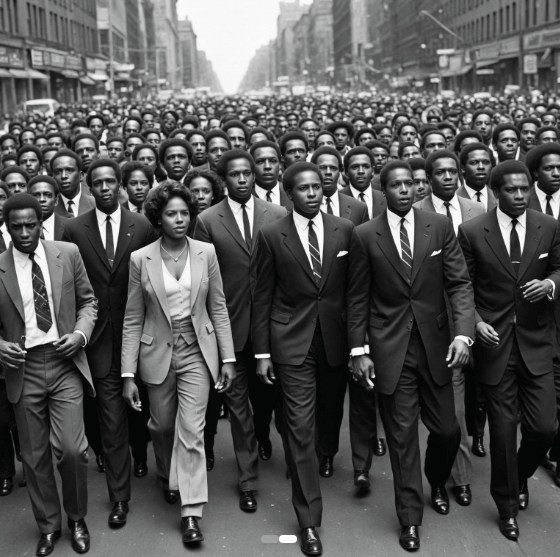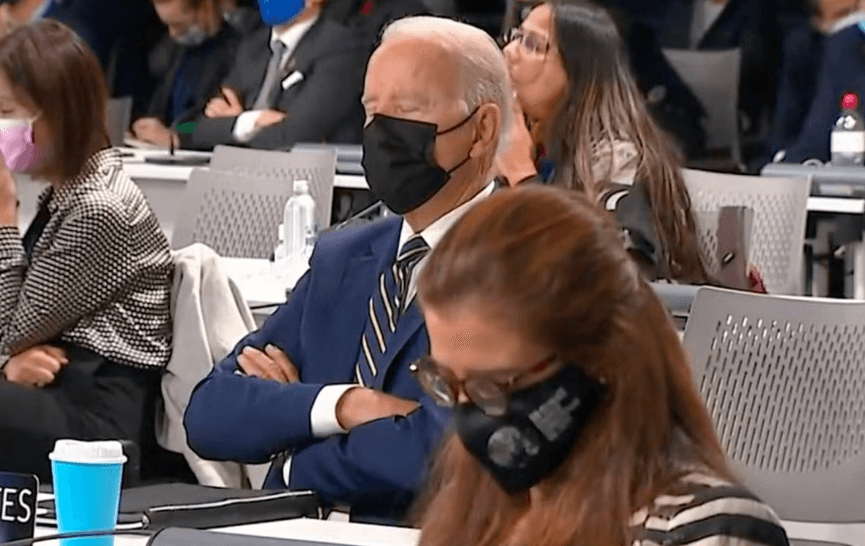These findings from the Nielsen report underline the serious function Black American markets play within the media consumption layout.
The over 81 hours a week indicates time that reflects high engagement in contrast to the general population.
Deconstructing Black America’s Media Engagement: More Than 81 Hours a Week, Says Nielsen
Introduction to Black America’s Media Engagement
That increased engagement underlines clear demand for media content that authentically represents Black identities and experiences. From TV to streaming services to advertising, the more realized it becomes that varied and inclusive storytelling shall be created.
By catering to this demand and increasing the representation of Black voices and views, media creators and companies can help to ensure that the needs of one of their most vital demographics are met, but they also work toward a more fair and representative media landscape in general.
In fact, if this shift in gears is toward more diverse and more representative content, it may resonate not only with Black audiences but also with viewers from other backgrounds who yearn for more authenticity and inclusiveness.
TV and Streaming Services Engagement
Black adults consume 31.8 percent more TV than the general population, clearly showing wide disparities in consumption habits in the media. The desire to feel represented is therefore apparent as 43% of the black respondents from five countries express a need for more content reflecting their identity.
Moreover, 73% of Black American audiences are subscribed to three or more streaming services, which shows their pursuit of representative content. But that does not bridge the gap in ads, as 67% of the Black audiences in the United States wished there was more explicit representation of their identity group on TV.
Representation in Ads
It is one of the most important concerns in the advertising industry: the sentiment that brands more often than not portray Black people in a uniform way. That perception puts on the table reasons for an increase in campaign diversity, authenticity, and a more profound understanding of different experiences and identity within the Black community.
When these are hollow and not accurate representations of the realities of Black people, advertisements tend to perpetuate stereotypes and feed negative narratives. Conversely, rich and complex representations of Black identities in campaigns resound more profoundly with audiences; these also tend to be campaigns that work as forces for positive social change.
It is evident that black consumers are willing to cut ties with brands if the brand devalues their community, since 66% of the population surveyed said they would cut ties with brands that devaluate their community. There lies a great deal of importance in building trust and recognition of the vastness of Black Culture within marketing strategies.
Insights from Nielsen’s Diverse Intelligence Series Report:
The Nielsen report projects the influence and unrealized promise of Black audiences against the canvas of today’s media landscape, from the U.S. to Brazil, Nigeria, the U.K., and South Africa. It showcases demographic growth—the influence of African and Caribbean-born Blacks in the United States—increasingly globalizing Black media experiences.
According to Charlene Polite Corley, Vice President, Diverse Insights & Partnerships, Nielsen, “The reality is that Black culture is very diverse, and when reaching Black audiences, one has to really consider the global exchange of influence.”
The Evolving Media Landscape for News and Cable-Free Viewing
Black Millennials are paving the way in changing how news is consumed, depending a great deal on social media, YouTube, and cable TV for news content. The skepticism from this demographic toward the reliability of local TV news underlines the bigger case for differentiation in journalism.
Additionally, the trends of broadband-only TV homes on the rise and free ad-supported TV’s popularity among Black viewers point to a major trend toward cable-free content viewing.
Conclusion
A Nielsen report points out that more diversified, more inclusive media content is in demand to engage Black America.
Powerful moments of Black-created and Black-inclusive content challenge brands and programmers to authentically represent the spectrum of African American traditions and perspectives. Download the full report here. Join the conversation on LinkedIn, Facebook (Nielsen Diversity, Equity and Inclusion), and X (@Nielsen_DEI).







Leave a Reply